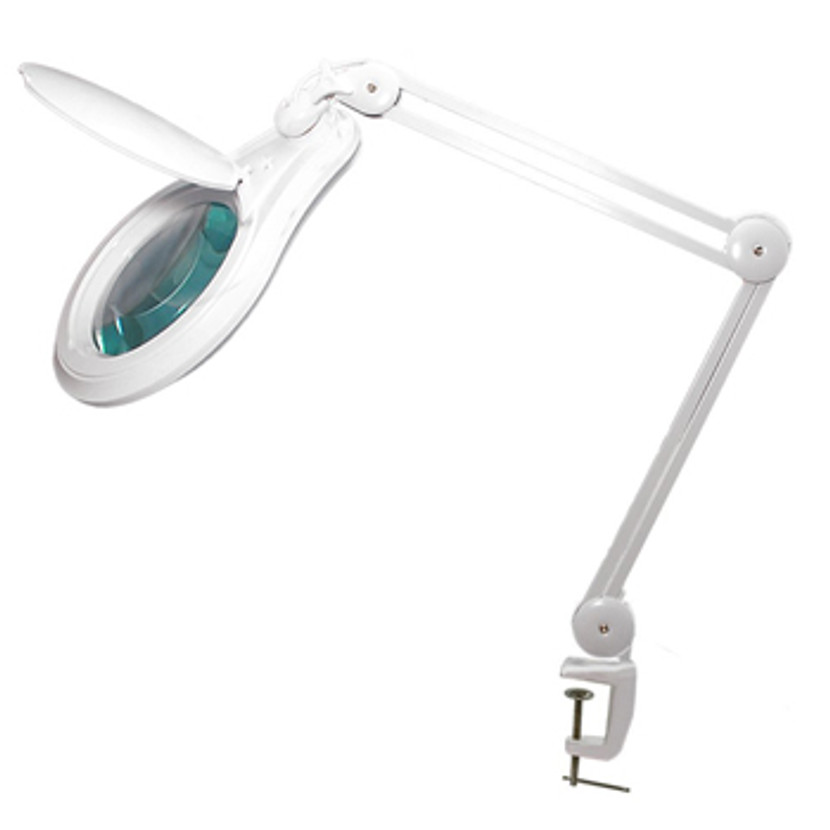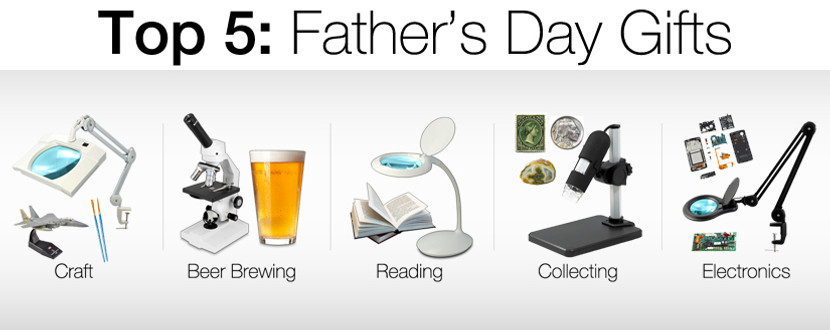How to Choose the Right Microscope
Choosing a microscope should be an enjoyable process. We created this article below to guide you through the process.
The Determining Factor
The most important factor in choosing a microscope is your application: what do you want to look at?
Magnification
First, let’s talk about magnification. A light microscope has 2 sources of magnification. The primary source is the objective lens (the lens closest to the specimen). The secondary source is the eyepiece lens (the lens the viewer looks through). Total magnification is achieved when you multiply the magnification power of the objective lens by that of the eyepiece lens.
For example:
100X (objective) x 10X (standard eyepiece) = 1000X total magnification.
While 1000X total magnification sounds impressive, most of the applications in microscopy applications only require magnifications levels of 60X or below.
Compound vs. Stereo Microscopes
The two basic categories of microscopes are Compound (high power) and Stereo (low power).
Compound Microscopes
The most common use for compound microscopes is for biological purposes, for viewing smaller specimen such as the internal structures of cells, blood samples, bacteria, pond scum, water organisms, and more. These specimens require high powers of magnification in order to see their details. This is why compound microscopes are known as high power microscopes.
The images produced on a compound microscope is usually reversed and upside-down. Because on objective is used at a time, the viewer sees a two-dimensional image of the specimen.
You will need to decide what type of microscope you need:
• Monocular (one eyepiece)
• Binocular (two eyepieces)
• Trinocular (two eyepieces + 1 trinocular port, for a camera)
There are 4 factors to help you determine this.
1. Magnification: Monocular microscopes work efficiently for up to 1000X total magnification. For higher magnification levels, you will need a binocular microscope.
2. Comfort: Binocular microscopes are more ergonomic and easier to use than monocular, because you can keep both eyes open for comfortable viewing. Monocular microscopes are more suitable for young children, as a basic introduction to microscopy.
3. Price: Monocular microscopes are usually the least expensive microscopes, then binocular, then trinocular.
4. Application: Most monocular microscopes include a simple stage and do not have a mechanical stage, which is useful for advanced applications. Most binocular microscopes include a mechanical stage. Trinocular microscopes are typically used for microphotography, where the camera attaches into the trinocular port, while the user can still look through the binocular eyepieces.
Boli Optics offer a wide range of microscopes and microscope accessories to help you configure an instrument for any application for everyone, including beginners, students, educators, hobbyists, professionals, laboratories, factories, and more.
Stereo Microscopes
Stereo microscopes are fit for viewing larger specimen such as insects, bugs, leaves rocks, gems. They are useful for biologists to perform dissections, technicians to repair circuit boards, paleontologists to clean and examine fossils, and for anyone who require magnified vision in working with small objects. These specimen require lower power (6.5X - 45X), which is why stereo microscopes are known as low power microscopes.
Stereo microscopes give viewers an erect (upright and un-reversed) stereoscopic 3-dimensional image.
Most stereo microscopes are used for magnifications from 5X – 90X, and with our additional optional accessories, magnifications of 180X can be achieved.
Stereo microscopes come in Dual Power or Zoom. Dual Power offers two magnification options, for example 20X or 40X. Zoom microscopes offer a continuous zoom range, for example from 6.5X to 45X.
Stereo microscopes also come in a trinocular configuration for microphotography. Stereo microscopes are modular, meaning they can be attached to different stands.
Boli Optics offers a wide range of parts, stands, and accessories so you can customize your stereo microscope for your specific application and needs. For industrial or advanced applications, we also offer a wide variety of products designed specifically for research, medical, forensic, inspection such as PCB, engraving, and repairing uses.
Quality
Construction Quality:
When choosing a microscope, quality is one of the most important factors. Purchasing a microscope is making an investment in a piece of equipment to service your needs.
It is our mission at Boli Optics to aid in the advancement of science and research, by offering the highest quality products and tools for our customers. We believe that microscopes should be available and affordable to everyone. We offer microscopes of superior quality (sturdy metal construction and professional grade optical glass lenses) at the best prices online for our customers. We design, manufacture, and sell our own product line of Boli Optics microscopes and parts/accessories, which are compatible with other microscope brands such as Zeiss, Olympus, Nikon, and more. We also double-check each package after the manufacturing process to ensure that our customers receive only the best products.
Optical Quality:
The standard for high quality objective lenses is an achromatic lens. This means that the lens corrects for the fact that different colors refract through a curved glass at different angles. So, the microscope produces a significantly enhanced, or flatter image of the specimen through an achromatic lens.
Achromatic lenses will satisfy most microscope users. Some advanced users will require an even higher quality than achromatic lenses, such as semi-plan or plan objectives. Plan objectives are also known as “perfect lenses,” which are usually needed for sophisticated biological research purposes (which are usually double the price of achromatic objectives).
It is also important to ensure that objectives are DIN compatible. DIN is short for Deutsch Industrie Norm. Purchasing a DIN standard microscope is useful, as these objectives are interchangeable from one DIN compatible microscope to another. If the objective ever gets lost or damaged, you can buy a replacement for it from us, instead of buying a whole new microscope.
Wider eyepieces mean easier viewing. WF (wide field) and SWF (super wide field) refers to the eyepieces. Higher power eyepieces will have smaller eye ports.
Illumination
1. Halogen: Halogen lighting produces a strong white light, and usually includes a variable rheostat to adjust the intensity of light.
2. LED Light: LED lights are cool and give off no heat compared to traditional halogen lights. This makes LED lighting ideal for observing temperature sensitive specimen such as live samples.
3. Fluorescent Light: Fluorescent lighting is usually used for epi-fluorescent microscopes for more advanced biological research purposes. Fluorescent ring lights are typically used as an additional light source for stereo microscopes. Fluorescent ring lights are not the same as fluorescent microscopes.
4. Tungsten: Tungsten lights are most popular for basic illumination for beginning users.
Boli Optics offers microscopes with all types of illumination mentioned above.
Iris Diaphragm & Abbe Condenser
Most compound microscopes include iris diaphragms and Abbe condensers as standard, which offers flexibility in controlling both the focus and quantity of light applied to the specimen.
Need help finding the right microscope? We can help!
Email us at: sales@bolioptics.com
Recent Posts
-
Oct 3rd 2024 | Posted by BoliOptics
How to Calculate a Microscope Camera's Total Digital Magnification
To calculate the total magnification of a traditional microscope with eyepieces and objectives, you … -
Sep 14th 2023 | Posted by BoliOptics
How to Convert Diopters to Magnification
Diopter indicates the amount of curvature of a lens. The thicker the lens, the bigger the curvatu … -
May 31st 2019 | Posted by BoliOptics
Father’s Day Gift Ideas - Cool Presents for Dad
With Father’s Day around the corner, we’ve put together a list of the Top 5 Father’s Day Gift Ide …



